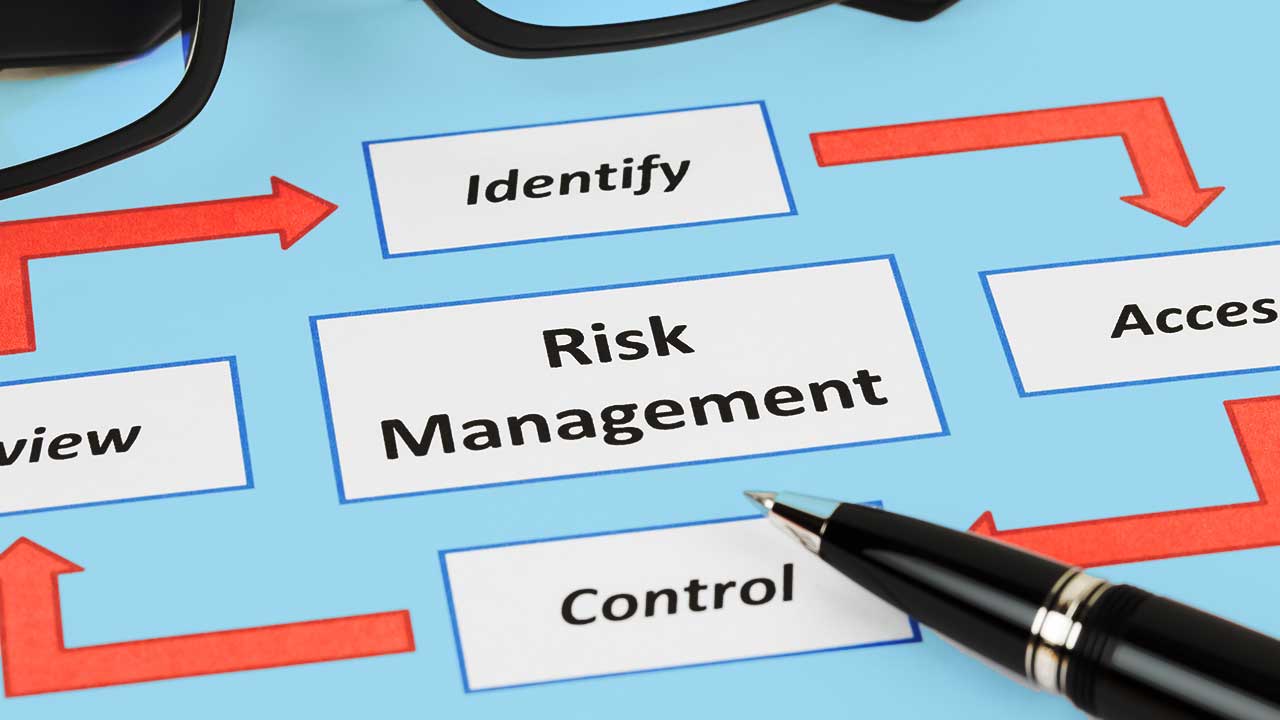Someone at your facility has just slipped and is badly hurt. Now what do you do?
Prevention is better than a cure, and this is especially true when it comes to sporting events. By taking the time to draw up a risk management plan, you’re able to identify and manage risks so that you can handle them appropriately when they happen.
What Is the Purpose of a Risk Management Plan?
Risk is the possibility that an adverse event will happen. For instance, a risk at a baseball game could be that a spectator will be hit on the head with a baseball and suffer fatal injuries. It’s not 100% certain that this will happen, but the potential is there.
By designing a risk management plan, you’re able to identify these potential risks before they happen and take steps to mitigate them.
In general, accidents resulting in injuries are sadly common at sporting events. But an organizing committee won’t be held liable if they can show that they’ve taken steps to mitigate these risks.
What Are the Steps in Risk Management?
Identify the risk
The first step, of course, is to determine what risks exist. At any sporting event, there are a large number of risks, including:
- crowd violence;
- injury from projectiles;
- slippery surfaces that can cause spectators or athletes to slip and fall; and
- food safety.
Evaluating the risk
Once you’ve identified the risk, you need to be able to understand the risk in all its forms. This evaluation includes determining the severity and seriousness of the risk, the scope of the risk, and how it relates to other risk factors at the event.
Rank or prioritize the risk
You should categorize risks based on their severity and the impact they’ll have on your event. Risks that result in catastrophic consequences should be ranked more highly than those that are simply a nuisance.
By ranking risks, you’re able to get a holistic view of the risk profile of the entire event, which will help you manage all of the risks better.
Treat the risk
Risks can be approached in three different ways:
- Mitigation is when you try and minimize the effects of the risk if you can’t eliminate the risk.
- Prevention is when you aim to eliminate the possibility of the risk occurring entirely. For instance, you can use arena safety supplies to keep spectators safe during a sporting event.
- Acceptance is when you accept that the risk will occur and draw up a contingency plan instead.
Why Is a Risk Management Plan Important?
The main goal of a risk management plan is to ensure that your event is safe for everybody involved, including spectators, officials, participants, and volunteers.
Also, by showing that you’ve planned for most types of risks and taken steps to mitigate or eliminate them, you can avoid being held responsible for any injuries that occur during your event.
What Is a Risk Management Plan Example?
Each risk management plan will look different, depending on the type of event and where it’s being held. However, most of them will have a similar look to this risk assessment plan from the Australian Women’s Volleyball Association.






‘Made Right Here’ Kitchener CTV news